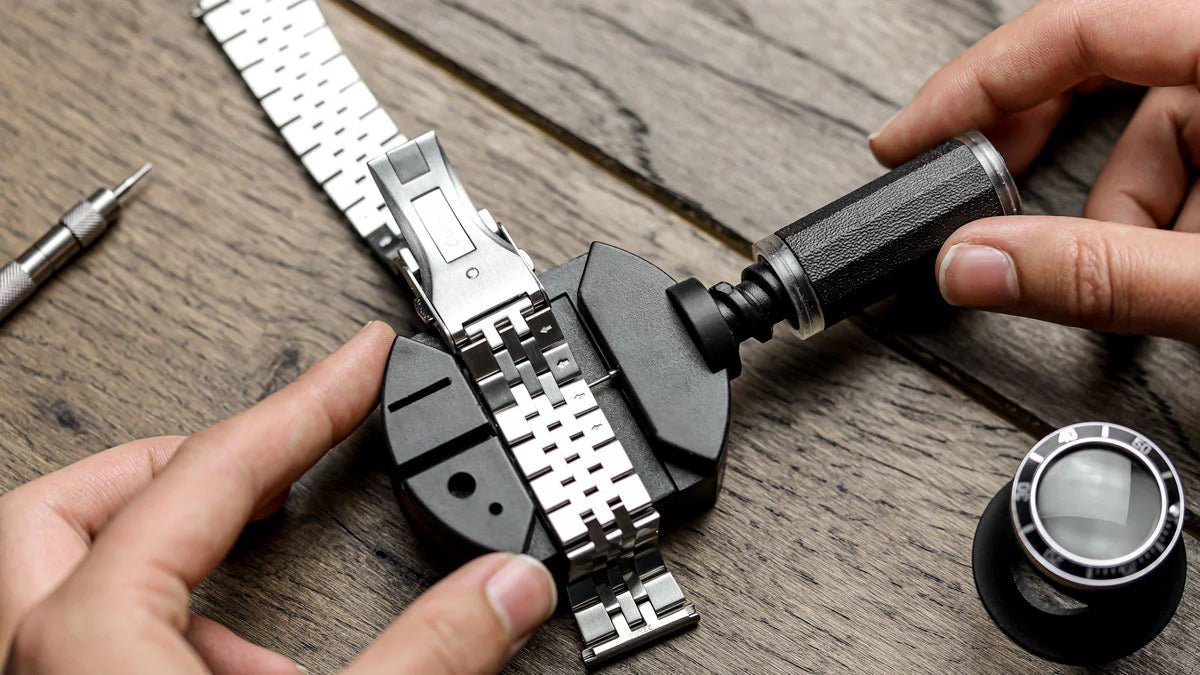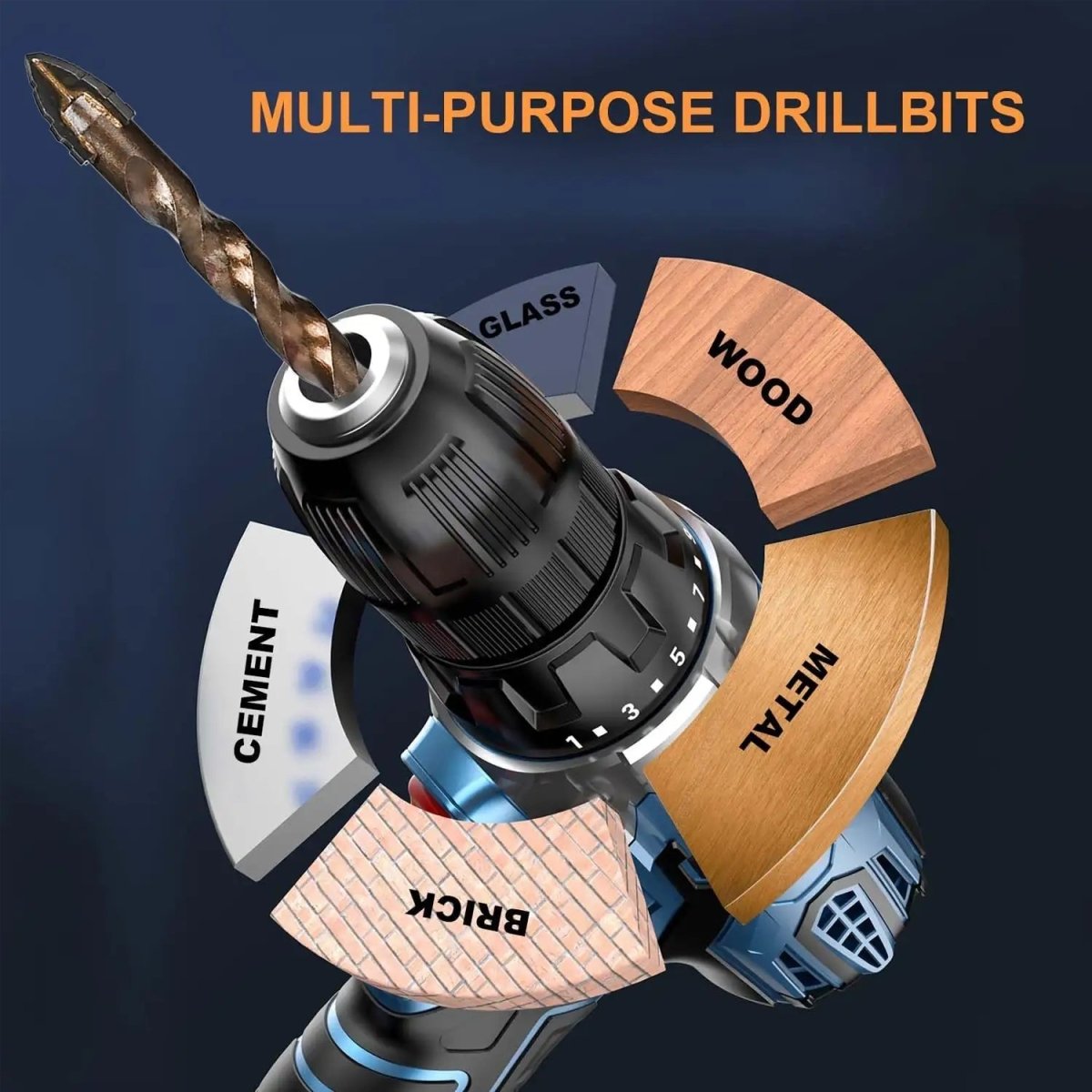Table of Contents
- Introduction: Why Grit Sanding Discs Matter
- What Does Grit Mean in Sanding Discs?
- Grit Sanding Disc Comparison Table
- Types of Grit Sanding Discs
- Abrasive Materials Used in Sanding Discs
- Applications of Grit Sanding Discs
- How to Choose the Right Grit Sanding Disc
- Practical Tips for Using Sanding Discs
- Frequently Asked Questions About Sanding Discs
- Conclusion
Introduction: Why Grit Sanding Discs Matter
A grit sanding disc is not just a simple accessory—it’s a critical part of the finishing process. Without proper sanding, paint may not adhere correctly, wood finishes may look uneven, and metal surfaces may remain rough or corroded. Professional contractors, automotive detailers, and even hobbyists rely on sanding discs to achieve results that are both functional and visually appealing. Unlike hand sanding, discs attached to power tools allow for consistent, efficient, and high-quality finishes.

What Does Grit Mean in Sanding Discs?
The grit number represents the size of abrasive particles per square inch. For example, a 40-grit sanding disc contains large, coarse particles capable of stripping away material quickly, while a 220-grit disc uses much smaller particles that polish the surface to a fine smoothness. Grit standards are set by FEPA (Federation of European Producers of Abrasives) and CAMI (Coated Abrasives Manufacturers Institute), so you may notice slight differences between European and American grit ratings. Regardless of the standard, the concept remains the same: lower numbers equal rougher sanding, higher numbers equal finer sanding.
Grit Sanding Disc Comparison Table
The following table outlines grit ranges and their most common uses across different materials:
| Grit Range | Coarseness | Best For | Example Application |
|---|---|---|---|
| 40–60 | Coarse | Heavy stock removal, paint stripping | Removing layers of old paint from wooden doors |
| 80–120 | Medium | General sanding, leveling surfaces | Smoothing rough-sawn lumber before assembly |
| 150–220 | Fine | Surface prep before finishing | Sanding wood furniture prior to staining |
| 320–600 | Very Fine | Polishing and finishing | Polishing metal edges or applying final coats |
Types of Grit Sanding Discs
Not all sanding discs are created equal. The type you choose will depend on your project and the tool you’re using:
- Hook & Loop Sanding Discs: Popular among woodworkers, these use Velcro-style backing that allows for quick grit changes, reducing downtime during multi-stage projects.
- Adhesive-Backed Discs: Provide a strong and stable bond, often used in automotive refinishing where precision sanding is crucial.
- Fiber Sanding Discs: Typically mounted on angle grinders, these rigid discs excel at heavy-duty material removal, especially in metalworking.
- Flap Discs: Designed with overlapping layers of abrasive, flap discs combine grinding and finishing, making them ideal for weld smoothing.
- Mesh Sanding Discs: With open mesh construction, these discs minimize clogging and work well with dust extraction systems, improving air quality in workshops.
Abrasive Materials Used in Sanding Discs
The abrasive material is just as important as the grit level. Different abrasives are engineered for specific durability, sharpness, and heat resistance:
| Abrasive Material | Best Used On | Durability | Notes |
|---|---|---|---|
| Aluminum Oxide | Wood, soft metals, plastic | High | Affordable and versatile, most common choice for general sanding. |
| Zirconia | Hardwood, stainless steel | Very High | Self-sharpening properties make it last longer under pressure. |
| Ceramic | Metal fabrication, heavy-duty grinding | Extremely High | Premium option: cuts faster and stays cooler, perfect for professionals. |
| Silicon Carbide | Stone, glass, fiberglass | Moderate | Very sharp and brittle, excels at producing ultra-smooth finishes. |
Applications of Grit Sanding Discs
One reason grit sanding discs are so popular is their versatility. They can be found in almost every trade and hobby workshop:
- Woodworking: From shaping rough lumber to achieving glass-like finishes on tabletops.
- Metalworking: Removing oxidation, smoothing welds, and prepping steel for paint or powder coating.
- Automotive: Bodywork repairs, leveling filler, sanding primer coats, and polishing before clear coats.
- Home Renovation: Floor restoration, cabinetry refinishing, and drywall smoothing.
-
Crafts & DIY: Restoring vintage furniture, making custom decor, and even preparing surfaces for 3D printing projects.

How to Choose the Right Grit Sanding Disc
- Identify your material: Are you sanding pine wood, stainless steel, or glass? Each requires a different abrasive.
- Decide your goal: Do you need fast removal or a smooth finish? Start coarse, finish fine.
- Check compatibility: Ensure your disc size and backing type match your sander.
- Plan for progression: Most projects require multiple grits in sequence—having a multi-grit sanding disc set saves time and money.
- Consider dust management: If dust is a concern, look for perforated or mesh discs compatible with dust extraction.
Practical Tips for Using Sanding Discs
- Work in stages: Begin with the lowest grit necessary and gradually increase grit for smoother finishes.
- Maintain steady pressure: Excessive force can wear out the disc prematurely and damage the surface.
- Keep discs clean: Use a sanding disc cleaning stick to extend the life of your abrasive.
- Control heat build-up: Overheating can burn wood or warp metal—take breaks or use ceramic abrasives for cooler cutting.
- Inspect regularly: Replace discs once they lose cutting efficiency; dull abrasives can cause uneven results.
- Safety first: Always wear eye protection, hearing protection, and a dust mask when sanding.
Frequently Asked Questions About Sanding Disc
1. What grit sanding disc is best for refinishing hardwood floors?
Start with 36–40 grit to remove old finishes, then progress to 80–100 grit for smoothing, and finish with 150–180 grit before applying sealant.
2. Can I use one sanding disc for multiple materials?
It depends on the abrasive. Aluminum oxide works on wood and metal, but for heavy-duty grinding on steel, zirconia or ceramic is a better choice.
3. How do I know when to replace a sanding disc?
If the disc no longer cuts efficiently, feels smooth to the touch, or begins to glaze, it’s time to replace it. Overused discs waste effort and produce poor results.
4. What’s the difference between hook & loop and adhesive-backed discs?
Hook & loop discs are easy to change and reusable, making them great for projects that require multiple grits. Adhesive-backed discs provide a stronger hold but are usually single-use.
5. Do I need a dust extraction system with sanding discs?
While not mandatory, dust collection significantly improves air quality, extends disc life, and leaves a cleaner finish. Mesh discs are particularly effective in this setup.
Conclusion
A grit sanding disc is a cornerstone tool for any workshop, capable of transforming rough surfaces into smooth, professional-quality finishes. By understanding grit levels, disc types, and abrasive materials, you can select the right tool for every task. For DIYers and professionals alike, a multi-grit sanding disc set provides the flexibility to move seamlessly from rough shaping to fine finishing, ensuring you’re prepared for any project that comes your way.









